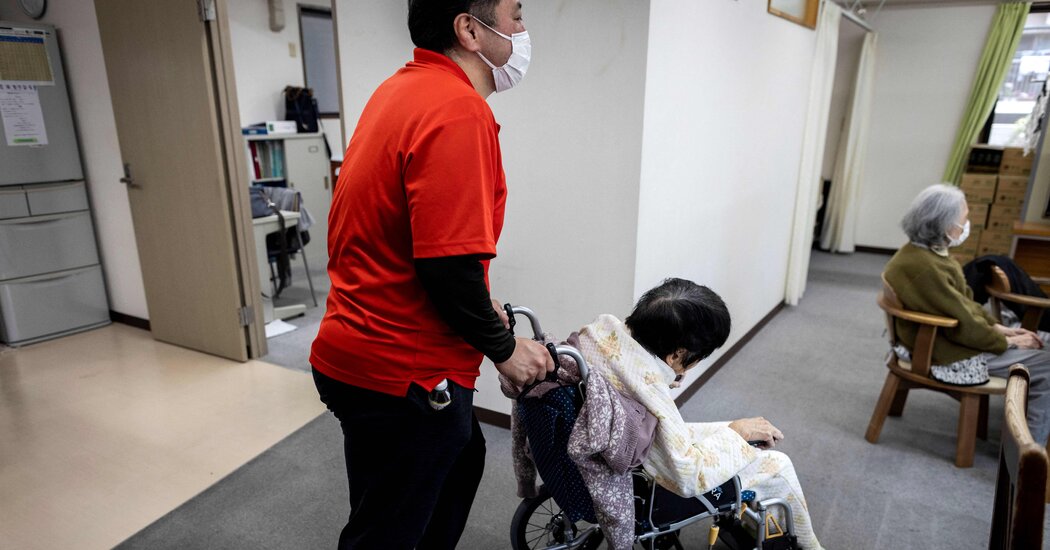🇨🇦
Canada. Provinces and territories fund long-term care companies by basic tax revenues. Budgeted funds will not be all the time sufficient to cowl all companies, and a few areas prioritize these most in want. The quantity of advantages folks can obtain, the out-of-pocket prices they should pay, and the provision of companies range by province and territory, as is the case in america with state Medicaid applications. Mixture of suppliers It also varies regionally: For instance, house care in Quebec is usually managed by a public system whereas houses in Ontario are largely for-profit. It’s value noting that Canada’s long-term care system is separate from the nationwide well being care system, which pays for hospitals and docs with out sufferers bearing any out-of-pocket prices. In 2021, Canada spent 1.8% of its GDP on long-term care, 80% greater than america.
🇬🇧
Britain. Native authorities pay a lot of the prices of long-term care by taxes and central authorities grants. Personal suppliers often present the companies. Authorities contributions are primarily based on monetary want, and co-payments are often required. As in america, the rich and center class pay most or all the prices themselves. In contrast to america, the federal government supplies direct funds to low-income folks to allow them to rent staff to look after them of their houses. Britain has additionally taken steps to guard folks from dropping all their wealth to pay for long-term care. It subsidizes welfare for folks with lower than about $30,000 in financial savings and property, whereas most individuals in america don’t qualify for Medicaid till they’ve exhausted all however $2,000 to $3,000 of their property. In 2022, The proposed government Offers subsidies to folks with as much as $105,000 in wealth and property, with a cap of about $100,000 over a lifetime on the quantity anybody spends on long-term medical care, excluding room and board in a nursing house. However the plan was postponed to 2025. In 2021, Britain spent 1.8% of its GDP on long-term care, 80% greater than america.
🇸🇬
Singapore. Singapore lately established a system of obligatory long-term care insurance coverage for these born in 1980 or later. Residents and everlasting residents are robotically enrolled in an insurance coverage plan referred to as Hyatt CareShield Beginning on the age of 30 years. They have to pay premiums till they retire, flip 67 (whichever is later) or are authorised to make use of the companies. The federal government subsidizes 20 to 30 % of premiums for many who earn about $2,000 a month or much less. Month-to-month funds begin at round $440. Authorities subsidies for nursing houses and different institutional care can vary from 10 percent to 75 percent Relying on potential to pay. Those that earn greater than $2,000 a month do not get any advantages. CareShield is non-obligatory for Singaporeans born in 1979 or earlier; It’s coated below an outdated voluntary plan. Singapore additionally affords a means-tested month-to-month money grant — about $290 this 12 months — to assist with caregiving bills.
sources: National Bureau of Economic Research project on international comparisons of long-term care; Kathleen McGarryprofessor of economics on the College of California; Commonwealth Fund; Organization for Economic Cooperation and Development; Authorities web sites.
NB: Spending comparisons with america are primarily based on the newest OECD knowledge and embody spending from authorities and necessary insurance coverage applications as a share of every nation’s GDP, which is the full financial worth of all completed items and companies produced inside a rustic’s borders. the border. The comparisons cowl folks of all ages and exclude spending from voluntary insurance coverage and out-of-pocket prices. All foreign money figures are in US {dollars}.

